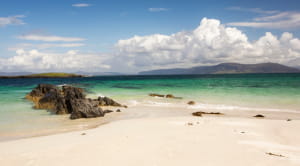.jpg?mw=640&hash=A430D0EFE0E57E4954143F2A255380A0)
From quiet beauty to high drama, these 10 UK villages are not only biscuit-tin pretty, they have incredible wilderness in their backyards
With guidelines around international travel still up in the air, many people are staying in the British Isles this summer.
Happily, there are lots of stunning places to visit on these shores. And here, we round up some of the most spectacular villages to be found across the four home nations. Offering everything from cobbled streets to cream teas, sparkling wine to locally brewed ales, these gems should definitely be on your itinerary.
Rye, East Sussex

With its cat’s cradle of cobbled lanes and crooked, half-timbered Tudor buildings, Rye looks ripe for a period drama. One of the medieval Cinque Ports, it is but a pebble’s throw from the vast, dune-flanked beach at Camber Sands and a cork pop from the Gusbourne Estate, producing England’s most feted sparkling wines and offering vineyard tours and tastings.
The alley-woven centre charms, with the Church of St Mary the Virgin housing England’s oldest still-working turret clock (1561), and the Ypres Tower, a 13th-century chesspiece of a castle with riveting views across Rye Bay to France on clear days. From 1898 to 1916, American novelist Henry James lived at the now National Trust-owned Lamb House, a handsome redbrick Georgian pile.
Smugglers once caroused at the Mermaid Inn, rebuilt in 1420, where you can stop for a pint or spend the night. Rye Windmill is a one-of-a-kind B&B, with cooked-to-order breakfasts emphasising farm produce. Lunch? The Fig is a delightful independent café serving freshly roasted coffee, imaginative dishes and extraordinary cakes.
Clovelly, Devon
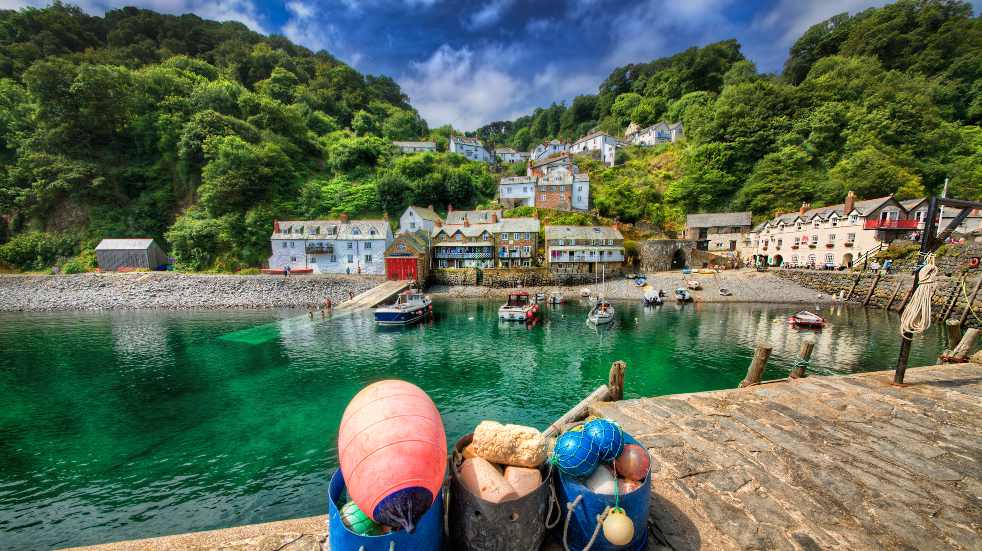
Cobbled lanes dive to the bright-blue sea in this fishing village of a million postcards. Clinging to a 400ft cliff, Clovelly is ludicrously pretty, with its alleys and whitewashed cottages. It once belonged to the Queen of England and has been privately owned since Elizabethan times. Come in spring or autumn for quieter days wandering traffic-free lanes where locals still cart goods around by wooden sledge. The donkeys that previously did the job have an easier life posing for photos. Boat trips leave the quay for Lundy Island, home to puffins. Enjoy a cream tea in the harbour-facing garden at the Cottage Tea Rooms and stay at East Dyke Farmhouse, a 500-acre working farm.
Blanchland, Northumberland
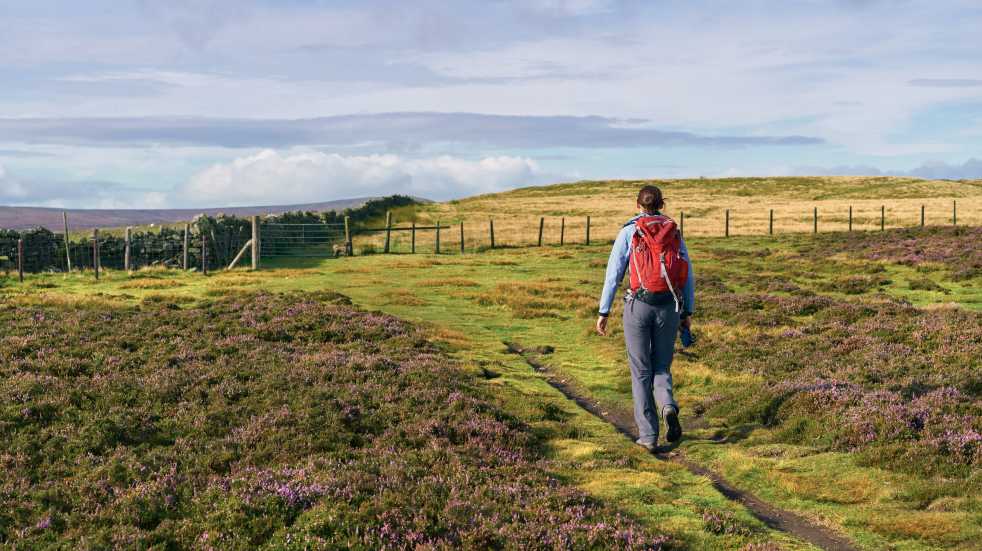
Among the wild fells and woodland of the North Pennines, Blanchland is a heartwarming scene, with winding lanes, rows of golden cottages built from the remnants of its ancient abbey, and hanging baskets. Be sure to bring boots as this Area of Outstanding Natural Beauty is prime walking country, whether you choose to head up on to the high, heathery moors or along the nearby Derwent Reservoir.
The Lord Crewe Arms has offered hospitality to WH Auden, Philip Larkin and Benjamin Britten. Stay in one of its cosy rooms and sample Northumbrian ales in the vaulted crypt – Thomas Forster hid in its medieval fireplace during the Jacobite rising of 1715.
Bourton-on-the-Water, Cotswolds
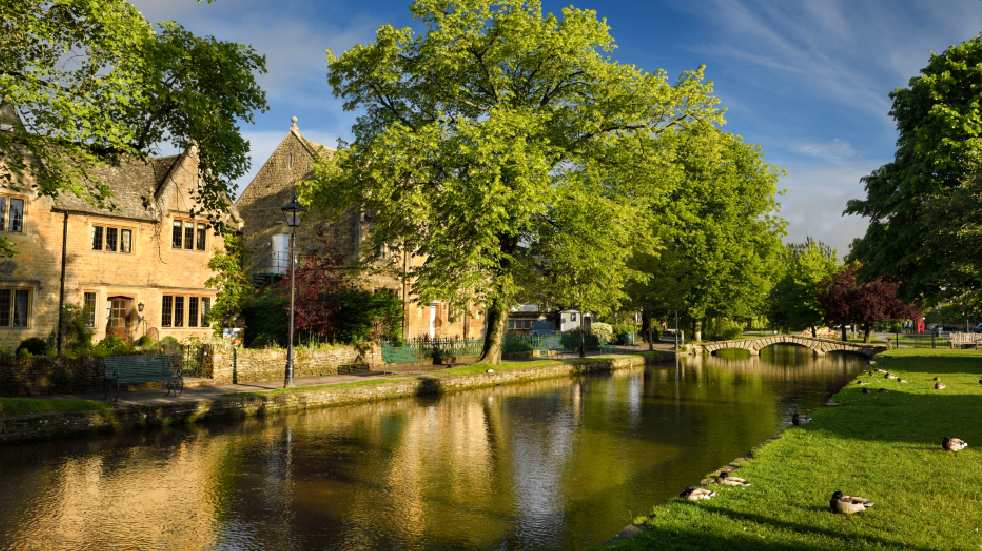
Nicknamed the ‘Venice of the Cotswolds’ because of its many arched stone bridges stepping over the River Windrush, Bourton-on-the-Water is an instant heart-stealer, with honey-stone buildings and a riverfront where willows gently weep. There’s not a chain in sight – instead, artisan shops stock Cotswold pottery, perfumes, spirits and sheepskins. Give the summer crowds the slip by visiting in spring or autumn.
Sights are many, from the Boundless-owned Cotswold Motoring and Toy Museum, with its stash of classic motors and vintage toys, family-magnet Birdland, with its penguins and parliament of owls, and Greystones Nature Reserve, with wildflower meadows and Iron Age ramparts.
Should you prefer walking, circular rambles of varying distances take you over meadows and along the river to Lower and Upper Slaughter. When the sun’s out, sit in the riverside garden at the family-run Bakery on the Water for pastries with freshly roasted coffee, artisan breads and spreads, or afternoon tea. The Mousetrap Inn flaunts old-fashioned charm, with open fires and seasonal menus. For self-catering, stay in one of the cottage apartments owned by Boundless and bursting with rustic character.
Port Isaac, Cornwall
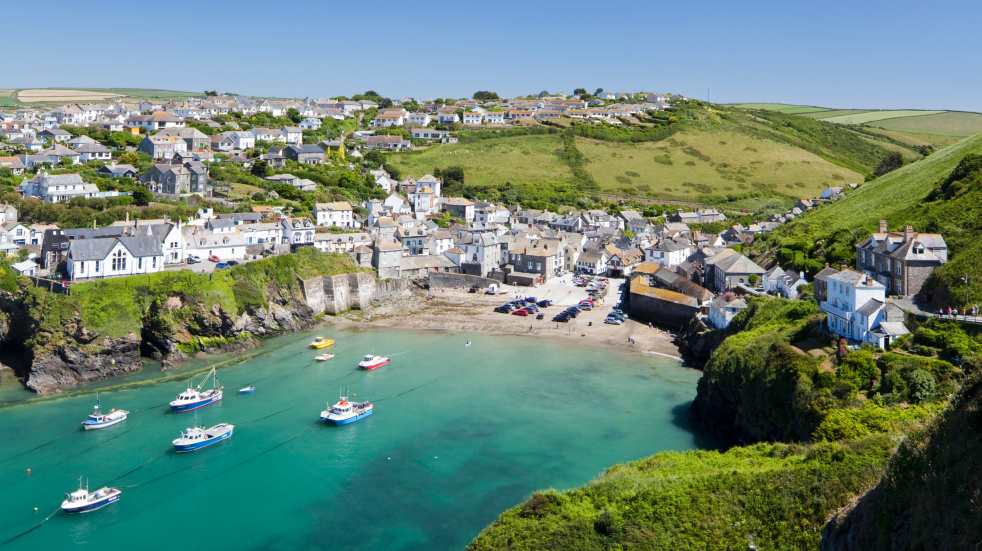
Having watched the TV series Doc Martin, many fall hard for the Cornish dream that is Port Isaac long before setting foot in this charming fishing village. Here ‘opes’ (lanes) wend steeply down hillsides to the harbour and wave-battered coast. A mooch reveals Doc Martin’s house, Fern Cottage – now a holiday let – and pretty houses tucked down higgledy piggledy lanes, like the improbably narrow Squeeze Belly Alley. Join the Southwest Coast Path to walk to the rugged, near-deserted cove of Port Quin – a terrific way to dodge the summer crowds.
An old smugglers’ hideout, The Slipway hasn’t lost a jot of its 16th-century character, with a bar serving local ales and ciders, and a terrace for cream teas and fish suppers. The pick of its rooms, in breezy blues, have sea views. For a fresh crab-and-lobster sandwich, try Fresh from the Sea. Or treat yourself to dinner at Nathan Outlaw’s recently opened New Road, serving British seafood with exquisite simplicity.
Betws-Y-Coed, Snowdonia
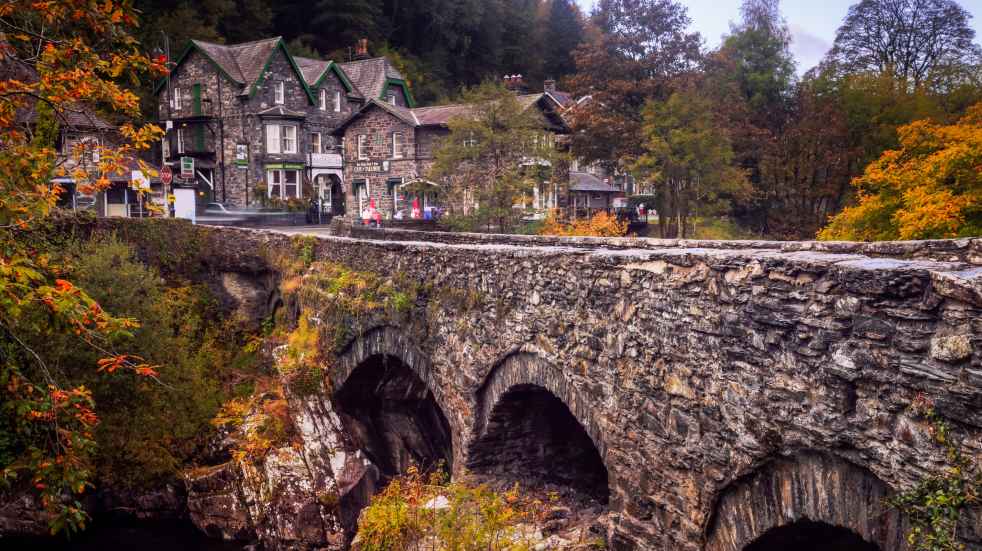
Snowdonia’s peaks glower above Betws- y-Coed, overlooking stone-and-slate cottages that huddle where three rivers converge (the Conwy, Lledr and Llugwy). Take in its twinset of bridges – 15th-century Pont-y-Pair and Thomas Telford’s 19th-century cast iron Waterloo Bridge – and the Conwy Valley Railway Museum.
Two miles south, walking trails cleave a path through the thickly wooded Fairy Glen gorge, where the Conwy tumbles over mossy boulders. Head north-west to the Swallow Falls, Wales’ highest, which cascade through the Gwydir Forest. The nearby Ugly House tearoom serves delicious Welsh rarebit and cream teas. Stay at the Ty Gwyn Hotel, a 16th-century coaching inn, or the Summer House, reclining in gardens at the foot of mountains.
Shieldaig, Scotland
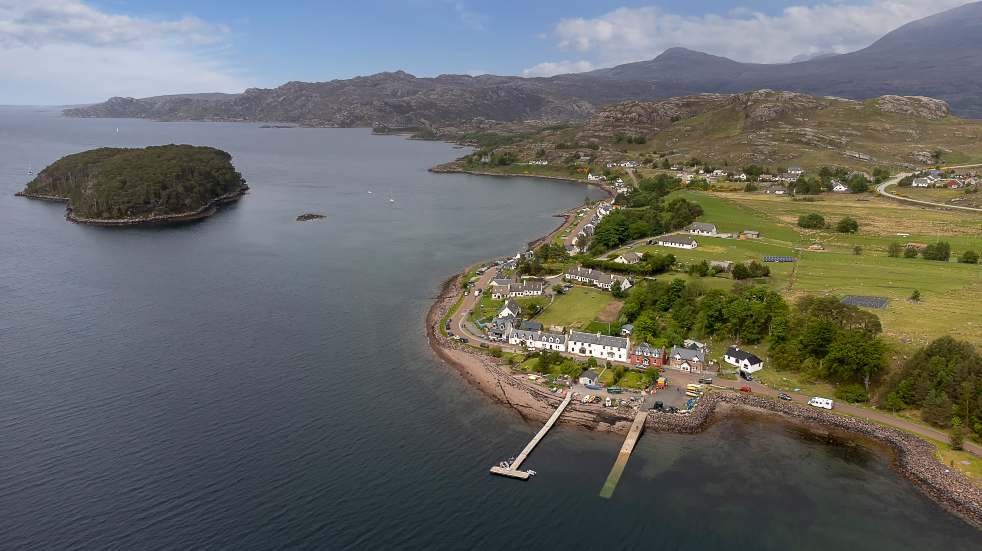
A wee speck of a village, dwarfed by Torridon’s dark munros, Shieldaig is nestled in Loch Torridon’s southern crook, overlooking Shieldaig Island. Deserted beaches, where seals, otters and sea eagles can be seen, are close by, as is one of the wildest stretches of Scotland’s North Coast 500: the Applecross Peninsula. A single-track road offers big sea views as helter- skelter bends wind up to the Bealach na Bà pass.
The seafood is Britain’s best, as you’ll discover over local langoustines at the relaxed Shieldaig Bar & Coastal Kitchen. Stay at the campsite or family-run Tigh an Eilean Hotel.
Bassenthwaite, Cumbria
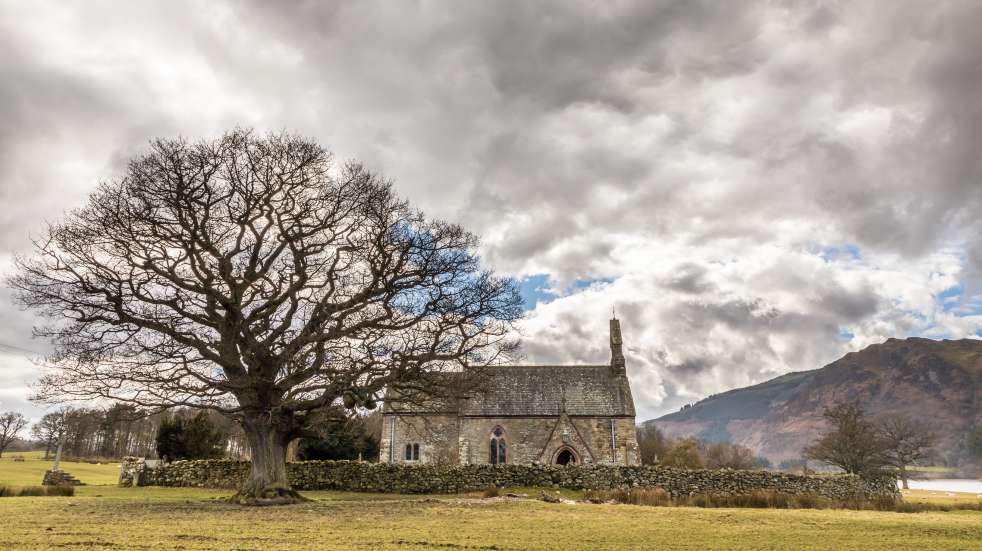
In the North Lakes, prettily whitewashed Bassenthwaite backs on to wild landscapes that moved poets Tennyson and Wordsworth to Romantic raptures. As the Lake District National Park turns 70 in 2021, now is the time to rediscover its stark ridges, painterly light and looking-glass lakes.
Bassenthwaite sidles up to its eponymous lake and nature reserve. A memorable walk begins at the Mirehouse estate and gardens, leading down to pre-Norman St Bega’s Church on the lakeshore, which inspired Alfred Tennyson’s Morte d’Arthur, then back through Dodd Wood, where ospreys nest and red squirrels hide. For more of a challenge, scramble up to the 3,045ft (931m) summit of Skiddaw, where views of the lakes and fells unravel all around you.
At Skiddaw’s foot, the 18th-century and Grade II-listed Boundless-owned Parkergate Cottages offer peaceful respite and views, while in the village the Sun Inn entices with real ales and a menu that champions regional sourcing.
Glenarm, Northern Ireland
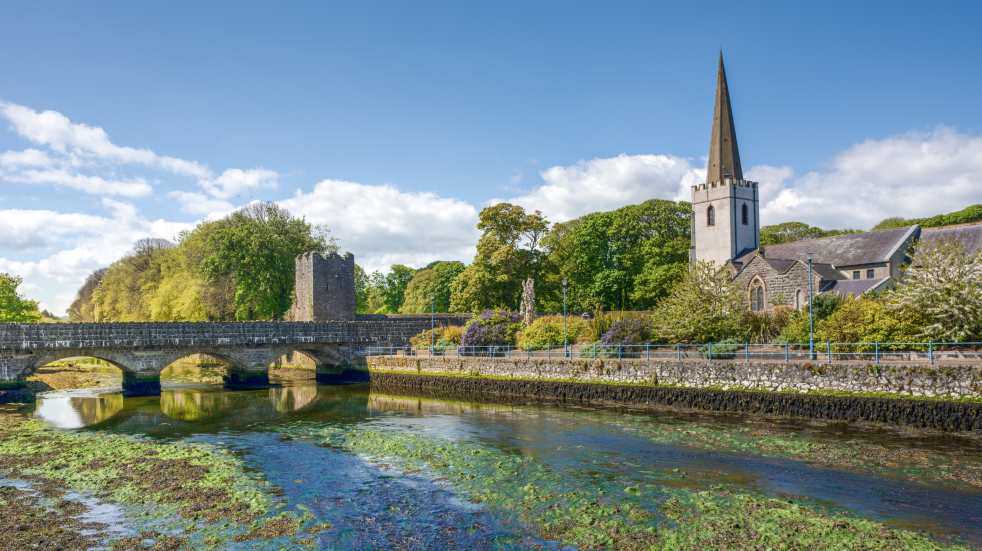
With claims of being the oldest village in Northern Ireland’s nine Glens of Antrim, Glenarm has dashing good looks, with Georgian houses surveying a steel-blue sea. Languid days unfold in the walled gardens of Glenarm Castle, most recently rebuilt in the 18th century, where you can stop for a cream tea in the Mushroom House. For walks and picnics, head to Glenarm Forest, where kingfishers and otters are regularly sighted along the river. The seafront Water’s Edge is the pick of the B&Bs, with crisp rooms and a hot-smoked Glenarm salmon for breakfast.
A 20-minute drive inland brings you to Slemish, a 437m peak enshrined in legend as St Patrick’s first Irish home. Within an hour is Torr Head, the Gobbins Cliff Path, the Dark Hedges – a beech-lined avenue that is the Kingsroad in Game of Thrones – and the wonder that is the Giant’s Causeway, at its most spectacular at sunset.
Dedham, Northern Ireland
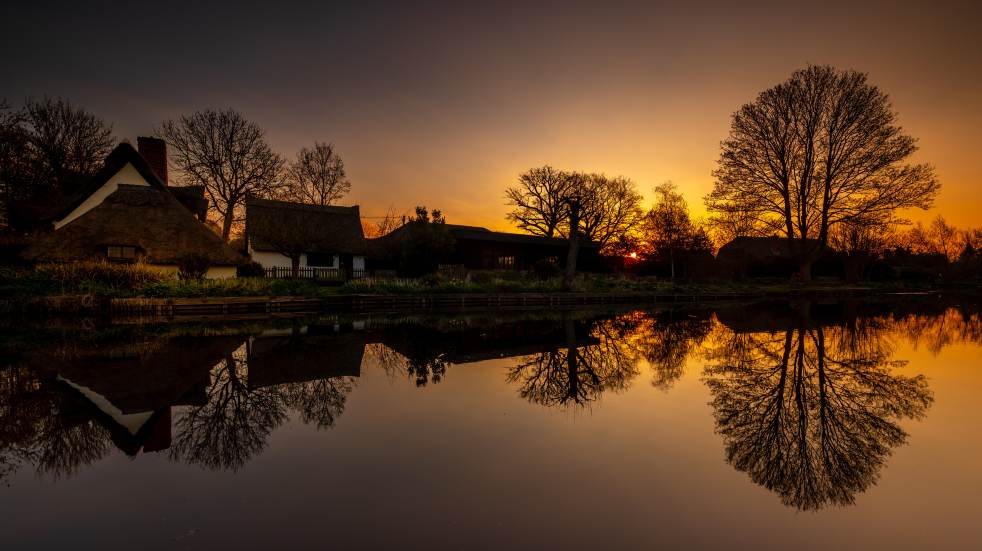
Nobody captured the Vale of Dedham like that old nature-loving Romantic, John Constable. Sitting astride the Essex-Suffolk border, Dedham is a pleasing ensemble of quaint tearooms and timber-framed houses painted chalk-box colours. Constable’s The Ascension (said to be the best of his three religious paintings) hangs in St Mary’s Church.
Bring boots or wellies and keep dogs on leads for a ramble over water meadows and along the River Stour’s willow-draped banks to the National Trust’s Willy Lott’s House at Flatford, star of The Hay Wain (1821), and nearby Flatford Mill. Or hire a rowboat at The Boathouse. A glorious coaching inn full of open fires, oak beams, real ales and good cheer, the Sun Inn shines, with a locally sourced menu plating up boat-fresh fish from Mersea and rare-breed meats. For a dash of luxury, retreat to chic Victorian country manor Maison Talbooth and eat at Le Talbooth, lodged in a gorgeous Tudor house by the river.
Save on Boundless Breaks
Staycation properties are in demand this year, but members can still save up to 20% on public prices at our collection of Boundless Breaks holiday properties. Take advantage of last-minute availability or book now to make sure you don’t miss out. To find out more, click here.
Photos: Getty Images




